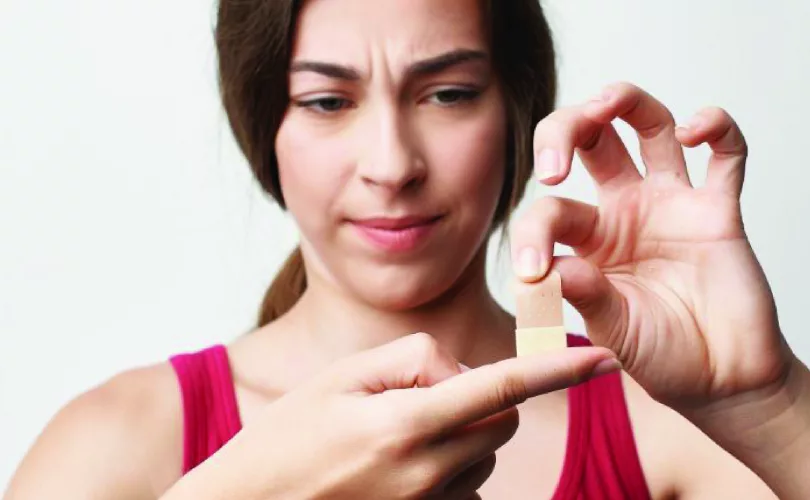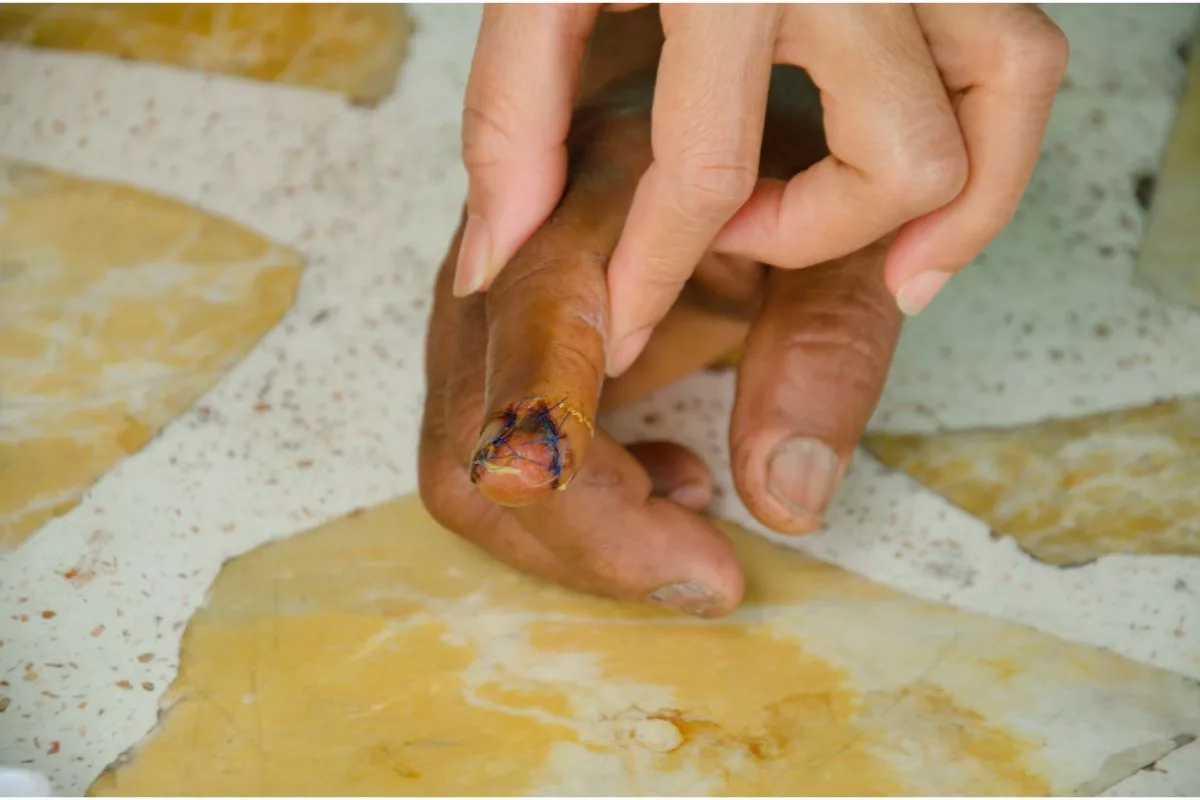If there was a most common part of the body to injure, it would surely involve the fingertip – after all, we use our fingers every single day of our lives, often in situations where there are all manner of risks.
Fingertip injuries can come in many shapes and sizes, and can involve one or many components within the finger itself.
Luckily though, there have never been so many treatment options for those who find themselves injured and in pain.
But what kinds of fingertip injury are most common, and what treatment options are available?
The Most Common Fingertip Injuries
When it comes to the finger itself, there are actually many different facets and components within it that can become injured.
Skin Injuries
Skin injuries are some of the most common with regards to the fingertips – consisting of burns, lacerations, grazes, and all manner of other injuries.
While the skin on the hands is generally tougher, it is still fairly tight, meaning that cuts and abrasions can be somewhat easier to attain – especially when working with knives, tools, or machinery.
While the skin on the hands and fingers is generally fast regenerating, it is not uncommon for people to receive stitches and glue to pull the skin back together.
When the cut is deeper, and this is not possible, the options involve cleaning and dressing the wound until it heals on its own.
Nail Injuries
While the fingernails can seem quite hard and tough, the skin surrounding them is just that: skin. As such, it can be easy to damage the nail bed, or pull the nail out completely if you are not careful.
Even the fingernail itself, which is made of keratin, is still fairly easy to penetrate with the right tools, meaning that even they are not safe from injury.
For injuries involving the nail bed, it is common for the nail itself to be removed, the nail bed repaired with dissolvable sutures, and then the nail reattached if possible – something that is obviously not possible if there has been extensive damage to the nail also.
These are unpleasant injuries, and can cause a lot of pain and sensitivity to the affected area.
However, the fast healing skin around the hands, and the nature of nail growth itself, can mean that it is some of the fastest healing areas on the body – of course, this requires them to be left alone and undisturbed further.
Bone Injuries
If you have received blunt force trauma to the fingers – such as trapping your fingers in a door – then you might have fractured the bone.
This is incredibly common, and while unpleasant, can usually be repaired in no time at all.
This usually involves the finger being set and splinted for a few weeks, until the bone has sufficiently started knitting itself back together again.
In more severe cases, when the fragment of bone might have been displaced, then surgery can be undertaken to correct the problem.
Regardless though, this is usually low-level surgery, and usually takes place over the same day.
Nerve Damage
The fingertips are laden with thousands of small, sensory nerves, and these can often be too small to repair surgically.
However, the nerve endings usually regenerate in most people – meaning that any symptoms, such as tingling and numbness, will be alleviated over time.
How Long Does Recovery Take?
Generally speaking, fingertip injuries are by no means debilitating, and most people can still enjoy a good quality of life while the healing takes place.
While the recovery process generally takes around 6 months (give or take, depending on the injury), many people can still enjoy their lives and their favorite activities – as long as they are careful and avoid further injury.
How To Encourage The Healing Process
There are of course certain ways you as the patient can encourage healthy, speedy, and safe recovery of your fingertip injury – many of which involve simple care, maintenance, and lifestyle changes that you can easily make to your routine.
Care & Patience
Firstly, it is important not to rush the process, and to allow your body to heal at the rate it needs to do so.
This means not engaging in any activities that are likely to cause damage or further injury, and not jumping the gun when it comes to recovery itself.
This means that you should not be overconfident regarding the time it will take to heal, and that you should always consult with your doctor before advancing any further.
Health & Hygiene
You also need to ensure that the wound remains clean, and that you as a person take plenty of exercise, sleep well, and meet your nutritional needs.
Final Thoughts
And there we have it, everything you need to know about fingertip injuries, what they can consist of, and how they can be treated.
Fingertip injuries are incredibly common – after all, we use our hands for countless daily activities throughout our lives.
However, with the right understanding and information, you too can learn the best way to treat fingertip pain, and the type of treatments that are generally available.
So if you want to know more about fingertip injuries, then be sure to check out this handy guide. Something tells me you won’t be disappointed!





